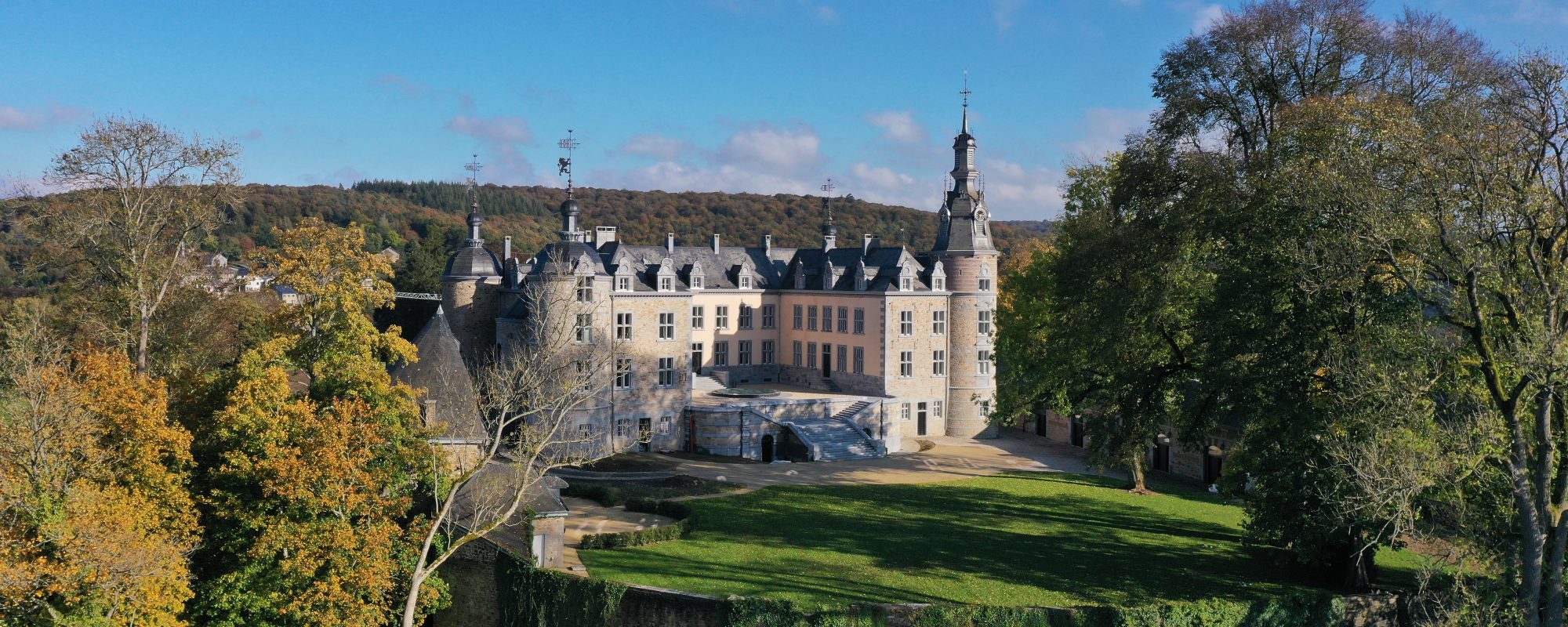
Our villages vary between rural heritage, classified monuments and remarkable sites. Whether castles, farms, churches or abbeys, traditional buildings, rural or natural heritage, discover the must-see Most Beautiful Villages of Wallonia!
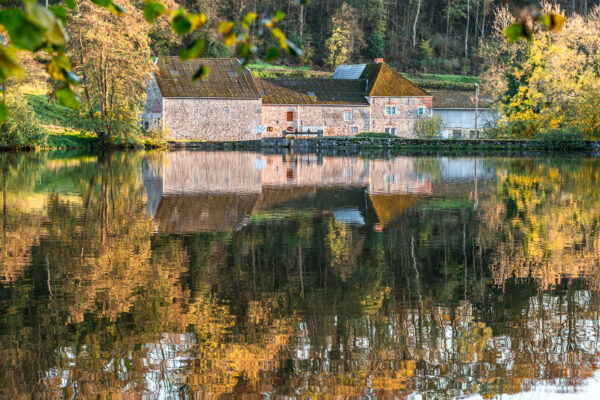
Sous les anciens remparts, véritable lieu de villégiature, le site du Lac de Barbençon, havre de paix et de détente vous offre une terrasse accueillante.
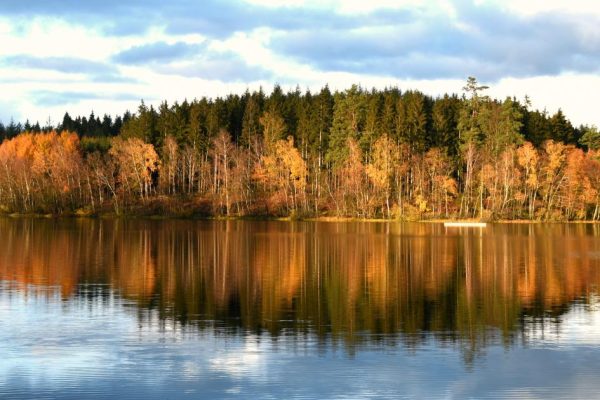
A pleasant nature reserve of 10 hectares (outside the village).

'Neo-Roman' chapel bordering the south-eastern entrance to the village of Falaën.
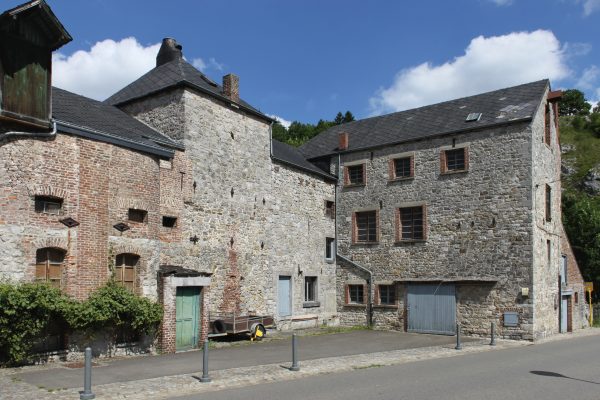
Evidence of the village's brewing activity since 1847.

With origins dating back to the 13th century, this vast complex marks out its imposing silhouette in the Ragnies region and, since 2004, has been home to the famous Biercée Distillery.

Plongez dans le patrimoine de Saint-Remy-Geest grâce au circuit découverte FR - NL - EN
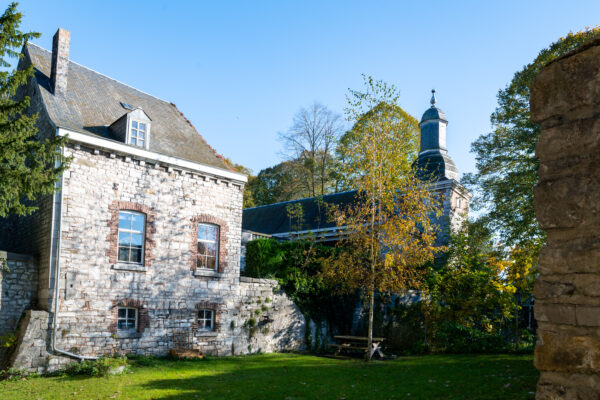
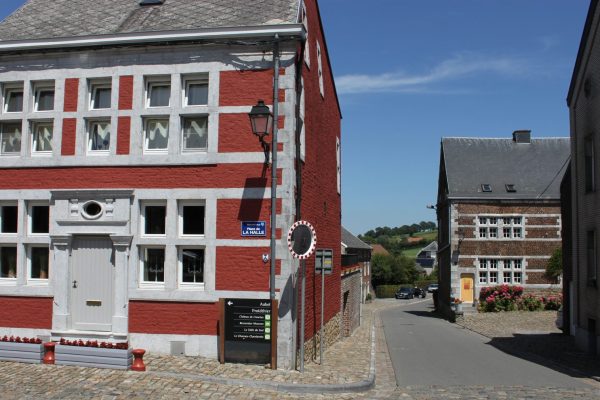
An elegant late 17th century building as the entrance to the Place de la Halle - Listed monument.
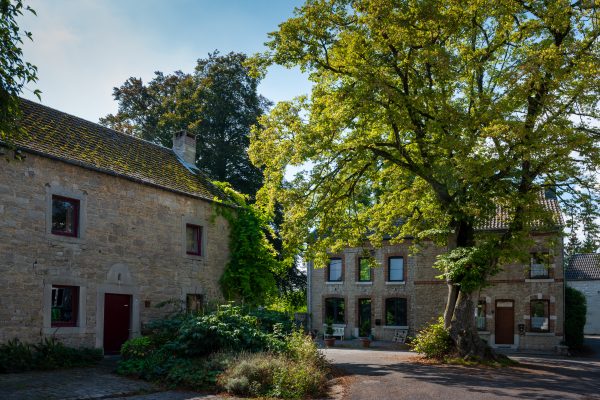
In the heart of the village, the Old Lime Tree stands tall.

A traditional farm on a courtyard, in the heart of the beautiful village of Mélin.
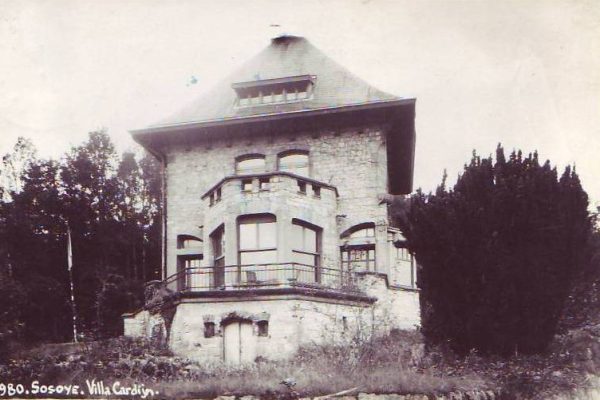
Designed by Victor Horta, the adaptation of Art Nouveau to a rural context - private property
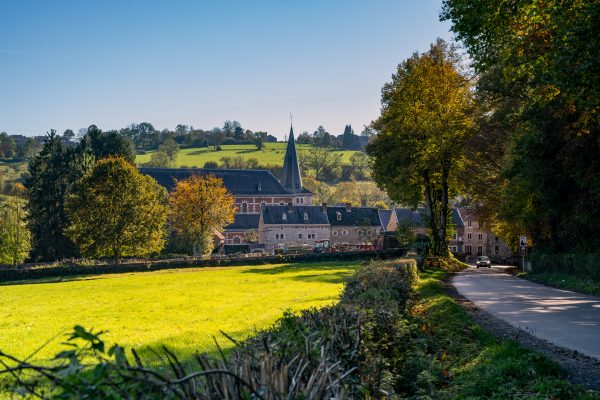
Like a tower moored to a large vessel, the imposing silhouette of the Saint-Roch church stands out in the Soiron landscape.
The association Les Plus Beaux Villages de Wallonie (The Most Beautiful Villages of Wallonia) oversees a network of 32 villages, bearers of a strong territorial identity and reflecting traditional architecture. It is committed to promoting the rural, cultural and natural heritage of Wallonia and is a part of the development of local and responsible tourism.
More information